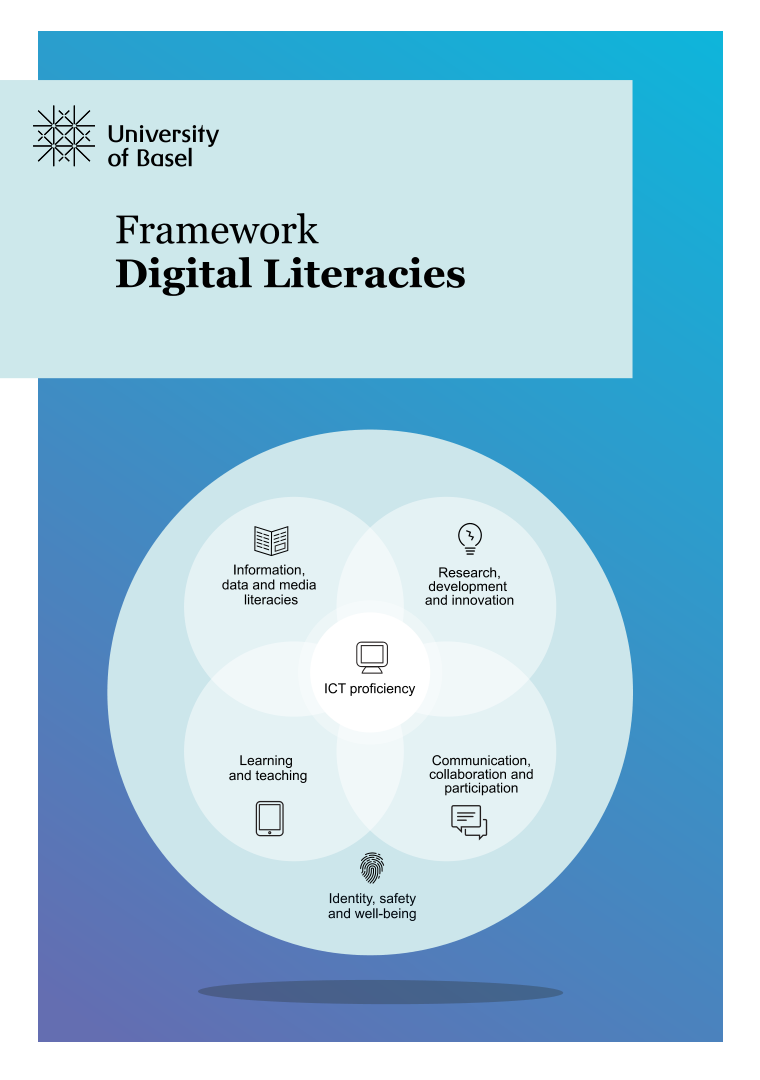Literacy Area 1
General ICT proficiency
Proficiency in Information and Communication Technologies, or “ICT proficiency” for short, stands for the practical and technical skills that are required to effectively pursue goals in a digital environment. It means being able to select and operate hardware (devices), software (applications), and services (such as web platforms).
Practical digital skills are the basis on which other digital capabilities are founded.
An understanding of basic concepts in computing, coding and information processing; an understanding of how digital technology is changing practices at work, at home, in social and in public life; and lastly a capacity to think critically about technology (in other words to critically assess technological developments) are also components of digital proficiency.
Concretely, being digitally proficient means having the capacity to:
- use ICT-based devices, applications, software and services;
- confidently adopt new devices, applications, software and services and more generally stay up to date with ICT as it evolves;
- deal with problems and failures of ICT when they occur, and design and implement ICT solutions.
Being digitally productive means having the capacity to:
- use ICT-based tools to carry out tasks effectively, productively and with attention to quality;
- choose devices, applications, software and systems relevant to different tasks having assessed their benefits and constraints;
- to adopt and (where necessary) adapt digital tools to personal requirements such as accessibility;
- to work fluently across a range of tools, platforms and applications to achieve complex tasks.
Legal notice
The above description is adapted from the «Digital Capabilities Framework» of the British organisation JISC. The adaptation has been realized by the Educational Technologies of the University of Basel within the context of the project Digital Literacies.
The text on this page is licensed under the Creative Commons License «Attribution-Non-Commercial-ShareAlike» (CC BY-NC-SA). You can find more information on the web site of the Creative Commons Foundation.

